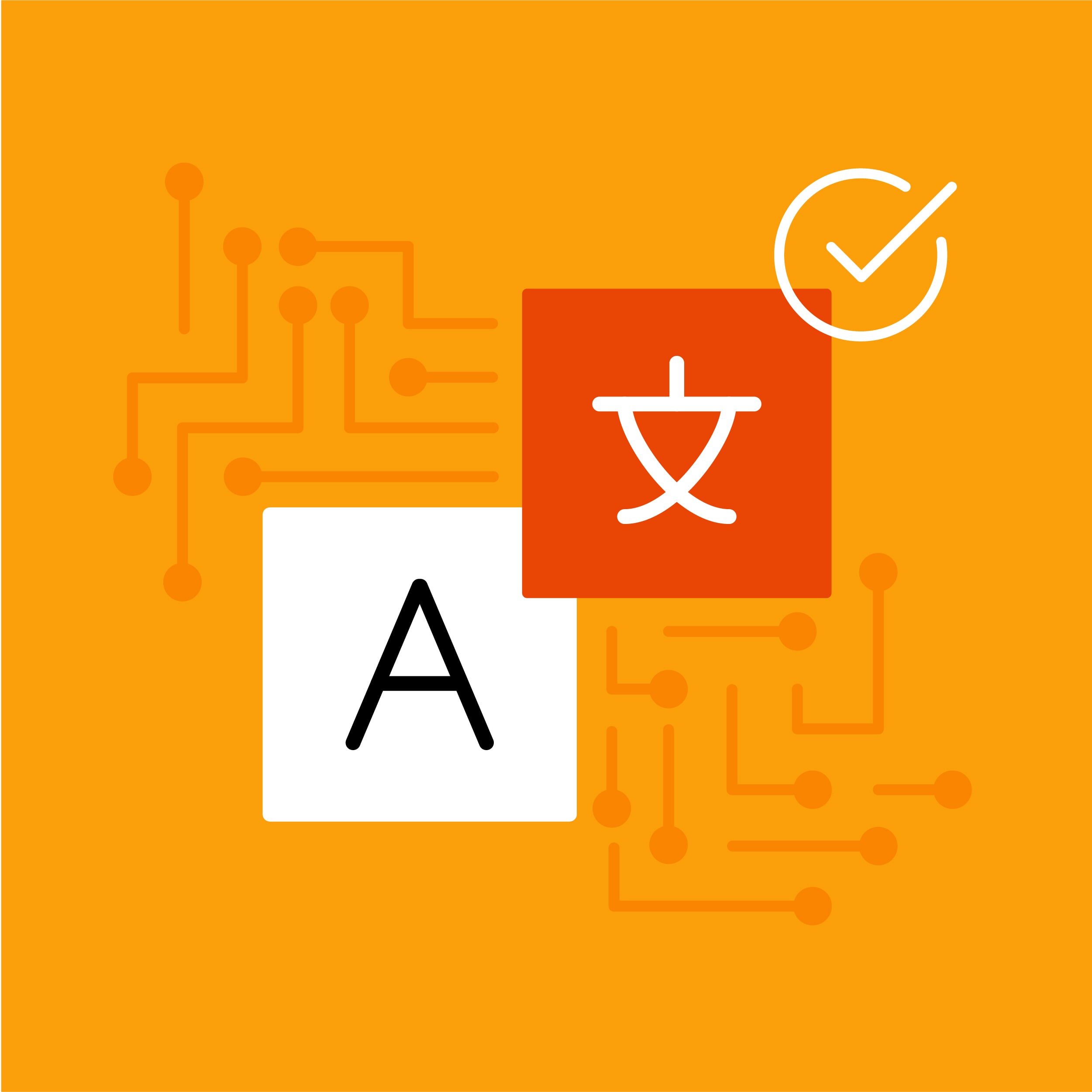This guest post was written by Scott Bass, the principal of LocFluent Consulting. Scott has been active in the language industry for over 30 years. Scott was formerly the founder and owner of Advanced Language Translation, Inc., a technical translation and localization specialist company, which he established in 1994. In 2015, he sold his company to Morningside Translations, one of the fastest-growing language service providers in the U.S. Most recently, Scott was Vice President for Morningside’s Professional Services Group, where he focused on onboarding new clients, building the foundation for strong client relationships, and ensuring customer satisfaction.
Machine translation is the use of computer software to generate the translation of content and has become a common practice in the translation industry. Most language service providers (LSPs) have either already incorporated machine translation (MT) into their production practices or they’re about too. The long-awaited promise of reliable machine translation appears to have arrived. Ever since the start of the Cold War and the rise of computer technology, it has been the dream of many to have automated communication across diverse cultures. Surprisingly, MT has gone mainstream before the advent of the flying car!
Machine Translation Has Evolved
In the early days of machine translation development, the results were mostly laughable. However, steadily over the last two decades, machine translation has drastically improved becoming far more reliable and useful as a translator’s tool. This can mainly be accredited to artificial intelligence in the development of machine translation engines. Now, the use of Neural Machine Translation (NMT) has become highly favored. NMT is an approach to machine translation that uses an artificial neural network to predict the likelihood of a sequence of words, typically modeling entire sentences in a single integrated model. The quality of the translation is far more accurate with “fluent sounding” translation being produced; nonetheless, there is concern with NMT straying away from the actual meaning of the original text.
The Human Element Remains Vital
Since the earliest days of machine translation technology to the current era, one fact has remained: human translators must still review what the machine has produced to confirm that it is accurate. This process has been given the name post-editing (or “post”-MT editing).
If your organization has been involved with translation as an ongoing process, you or your translation provider are likely using translation memory tools. Translation memory (TM) is different from machine translation in that translation memory attempts to reuse existing translations by matching already-translated content to new content. By recycling translations, translators can save a lot of time and effort, depending on how repetitive a body of the content may be. In technical communications, for example, there is a high degree of repetition, which allows for efficient reuse of translation.
When Fuzzy is Too Fuzzy
One thing that both MT and TM have in common is that the results from each must be reviewed by a human translator. There are translation memory matches that are so precise that they do not require review by a translator. These are known as “context matches” (or 101% matches based on the translator memory software being used). Depending on the quality of the translation memory database reviewing, 100% matches may not be necessary, but this must be decided with great care, and confidence in the translation memory must be very high. Any match below 100% must be edited by a translator since matches will require a revision to make them reflect the intended meaning in the original sentence. The lower the level of the match, the more editing that is required.
If your translation service provider is using both translation memory and MT, they must decide at which match range will translation memory no longer be used, and machine-translated content is preferred. We recommend that translation memory matches be used down to 84% and all content with partial matches below that level be pre-translated by MT. The reason for this is that the amount of effort to revise an 84% translation memory match is about the same or more than an MT-generated sentence. In other words, it takes less effort to review and confirm a machine-translated sentence than to edit an 84% match, thus saving the translator time and effort.
The Translator’s Burden
There is another aspect of reviewing partial translation memory matches that must also be considered. Often the difference in a partial match can be minor, for example:
The sentence for translation: “First set the Process function to on, before proceeding to the next step.”
The 84% match: “First set the Process function to off, before proceeding to maintenance.”
This one-word difference in the first clause of this sentence is obvious but imagine if a linguist is reviewing thousands of sentences. Statistically, this is an easy difference to miss. A machine translation engine will not confuse “off” for “on”. There is a cognitive load for the translator when working through high volumes of content that can be alleviated with the use of machine translation. In this simple example, one can see that there are ways in which translation quality and reliability can be improved by using machine translation instead of fuzzy translation matches.
Your Fuzzy Memory May Be More or Less Reliable
Beyond the reduction of cognitive load, using machine translation instead of fuzzy matches if your translation memories are not fully reliable may be preferable. What would drive this decision? You may prefer MT over your translation memory if your TM is:
- Poorly maintained (it contains outdated or inaccurate translations).
- Of poor translation quality (poor vendor performance, raw (unreviewed) MT content).
- Full of bad data (formatting tags are missing or misplaced, number formatting is wrong, incorrect language variant has been used).
When should fuzzy matches be favored over machine-translated content?
If your translation memories are of high quality, your translation provider may get better results using lower-level fuzzy matches instead of MT. If the following applies to your TM, consider editing fuzzy matches instead of using post-edited MT content:
- The TM is well managed.
- The translations in the TM are of high quality.
- The terminology has been tightly managed and is reflected accurately in your TM.
In this latter case, it might make sense to lower the threshold for MT vs. fuzzy matches to 74%.
Machine translation has hit the mainstream. For most types of corporate content, there may be a machine translation engine and language combination that is right for your content. Considering that translators have been editing content that is proposed to them from a translation memory (whose quality you may not fully know), do not fear the use of machine translation on your content. In the end, it is up to your chosen translation professional to select the right tools for the job.










